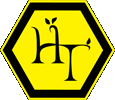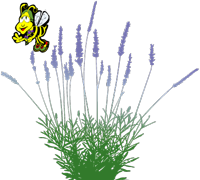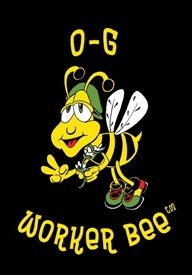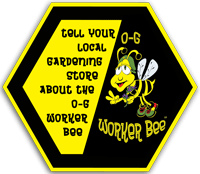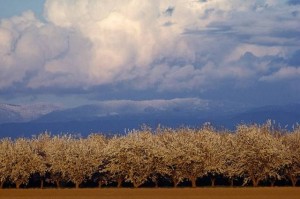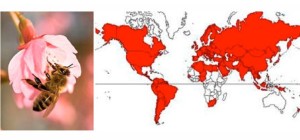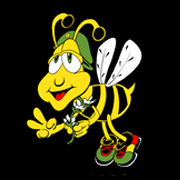Pesticide issues in the works: Honeybee colony collapse disorder
Current as of February 18, 2011
Source: EPA Website
Discovering a problem
During the winter of 2006-2007, some beekeepers began to report unusually high losses of 30-90 percent of their hives. As many as 50 percent of all affected colonies demonstrated symptoms inconsistent with any known causes of honeybee death: sudden loss of a colony’s worker bee population with very few dead bees found near the colony. The queen and brood (young) remained, and the colonies had relatively abundant honey and pollen reserves. But hives cannot sustain themselves without worker bees and would eventually die. This combination of events resulting in the loss of a bee colony has been called Colony Collapse Disorder (CCD).
Though agricultural records from more than a century ago note occasional bee “disappearances” and “dwindling” colonies in some years, it is uncertain whether the colonies had the same combination of factors associated with CCD. What we do know from the most recent data from beekeepers for 2009 is that that CCD appears to still be with us.
Dead bees don’t necessarily mean CCD
Certain pesticides are harmful to bees. That’s why we require instructions for protecting bees on the labels of pesticides that are known to be particularly harmful to bees. This is one of many reasons why everyone must read and follow pesticide label instructions. When most or all of the bees in a hive are killed by overexposure to a pesticide, we call that a beekill incident resulting from acute pesticide poisoning. But acute pesticide poisoning of a hive is very different from CCD and is almost always avoidable.
There have been several incidents of acute poisoning of honeybees covered in the popular media in recent years, but sometimes these incidents are mistakenly associated with CCD. A common element of acute pesticide poisoning of bees is, literally, a pile of dead bees outside the hive entrance. With CCD, there are very few if any dead bees near the hive. Piles of dead bees are an indication that the incident is not colony collapse disorder. Indeed, heavily diseased colonies can also exhibit large numbers of dead bees near the hive.
Why it’s happening
There have been many theories about the cause of CCD, but the researchers who are leading the effort to find out why are now focused on these factors:
• increased losses due to the invasive varroa mite (a pest of honeybees);
• new or emerging diseases such as Israeli Acute Paralysis virus and the gut parasite Nosema;
• pesticide poisoning through exposure to pesticides applied to crops or for in-hive insect or mite control;
• bee management stress;
• foraging habitat modification
• inadequate forage/poor nutrition and
• potential immune-suppressing stress on bees caused by one or a combination of factors identified above.
Additional factors may include poor nutrition, drought, and migratory stress brought about by the increased need to move bee colonies long distances to provide pollination services.
Read more …
